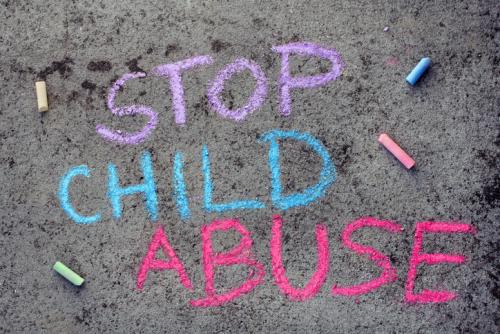 Beginning in the mid-1990s, with my colleague, Benjamin E. Saunders, Ph.D., of the Medical University of South Carolina, and a team of researchers, I conducted an assessment study of family violence and functioning with 530 families from 12 naval bases who had been reported to the US Navy's Family Advocacy Program due to allegations of child sexual abuse, child physical abuse, or intimate partner violence. We interviewed parents (one of whom was a Navy servicemember) and children in a longitudinal study of interventions and outcomes.
Beginning in the mid-1990s, with my colleague, Benjamin E. Saunders, Ph.D., of the Medical University of South Carolina, and a team of researchers, I conducted an assessment study of family violence and functioning with 530 families from 12 naval bases who had been reported to the US Navy's Family Advocacy Program due to allegations of child sexual abuse, child physical abuse, or intimate partner violence. We interviewed parents (one of whom was a Navy servicemember) and children in a longitudinal study of interventions and outcomes. This study was designed to help Navy leaders develop and refine the Family Advocacy Program. It was a critical, long-term effort to positively affect how the Navy responds to family violence among its servicemembers, and therefore to improve the lives of women, children, and families.
More recently, we re-examined some of the myriad of data to understand more about the predictors of children’s tendency to blame themselves for child abuse and intimate partner violence. We had gathered important longitudinal data from 195 of the children (aged 7-17) on their reported self-blame tendencies (e.g., Do you blame yourself when things go wrong?), the frequency of parent-child conflict (e.g., yelling, threatening), and depressive symptoms. We had also conducted semi-structured interviews to assess the children’s victimization experiences, including the type, injury, and number of perpetrators. Baseline data was collected 2-6 weeks after the initial report; self-blame was reported again after 9-12 months and 18-24 months.
My coauthors—Caitlin Rancher, Ph.D., Rochelle Hanson, Ph.D., Benjamin E. Saunders, Ph.D., and Daniel W. Smith, Ph.D.—and I published a paper from the study in the journal Child Abuse & Neglect in January 2024.
We found that in general, children who reported higher levels of parent-child conflict and depressive symptoms at baseline expressed increased self-blame over the next two years. Such self-blame has been identified as an important consequence of child maltreatment that can contribute to later psychological and behavioral problems. Understanding more about which children will develop self-blame following victimization has important implications for families, professionals who work with these children, policymakers, and military leadership.
Enter Military REACH, an organization whose goal is to put important research into the hands of folks who can use it. Military REACH summarizes newly published studies related to the wellbeing of military families and distributes them directly to the Department of Defense's Office of Military Community and Family Policy. They also distribute their products to researchers, helping professionals, and others interested in military family research.
Military REACH recently featured our study in their newsletter, highlighting the following implications for the folks mentioned above:
Implications for Families:
- Explain to children and adolescents, especially after an allegation of child abuse or intimate partner violence, that family violence is not their fault.
- Know the signs of child abuse and neglect. If you suspect abuse, report your concerns.
Implications for Helping Professionals:
- Complete a robust childhood trauma history to understand the scope of experiences of children and adolescents whose families are referred to the Family Advocacy Program.
Implications for Policymakers and Military Leadership
- Ensure the military community understands how to report suspected victimization and the importance of speaking up.
- Equip child advocates with the tools to engage effectively with children and families, including immediate safety assessments and ongoing assessments of mental health and wellbeing that include perceptions of self-blame and locus of control.
When we pursue research studies, our hope is always to turn our research into action and to improve the lives of those affected—even long after the study ends. Military REACH and other similar organizations play significant roles in making this happen. With their help, we can work to ensure children do not blame themselves for violence that occurs in their families.
Linda M. Williams, Ph.D., is director of the Justice and Gender-Based Violence Research Initiative at the Wellesley Centers for Women.


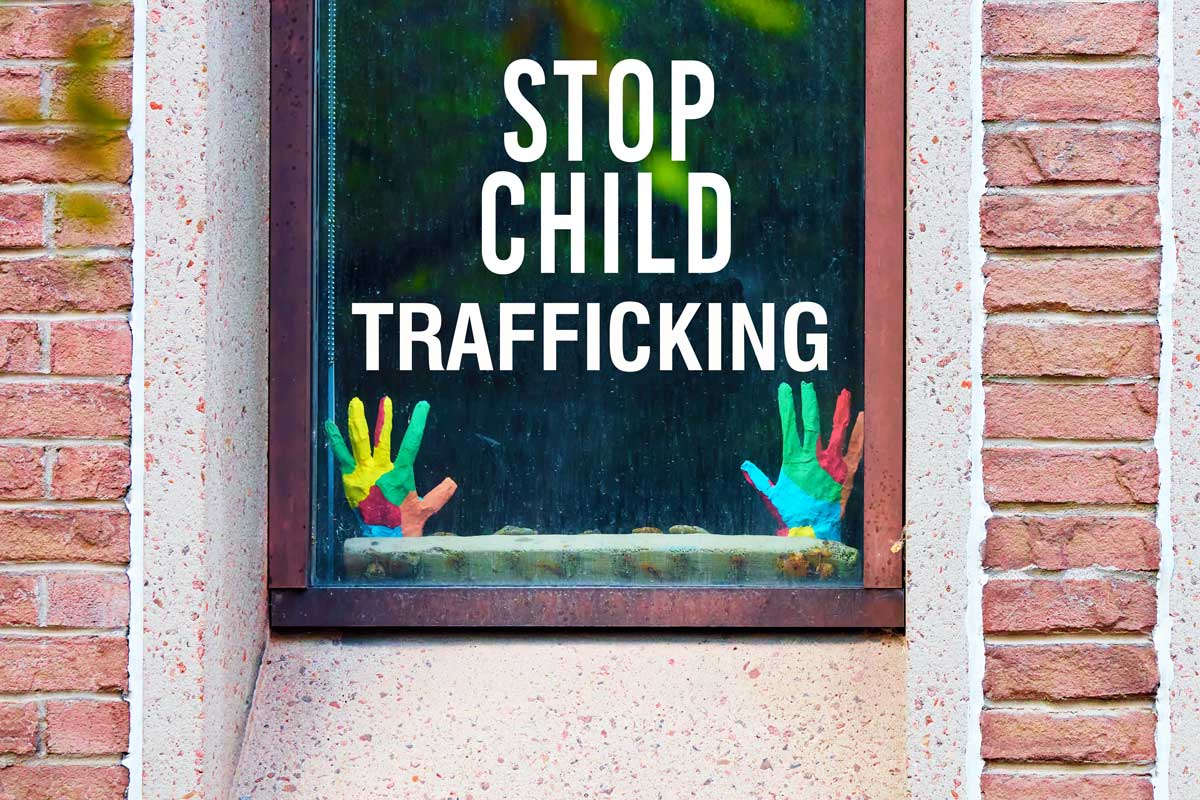 April is Sexual Assault Awareness Month and Child Abuse Prevention Month. Over the years, our work at WCW has addressed a wide range of critical issues related to these topics. One of the lesser publicly understood issues is the pressing problem of commercial sexual exploitation of children (CSEC) and teens, also known as sex trafficking.
April is Sexual Assault Awareness Month and Child Abuse Prevention Month. Over the years, our work at WCW has addressed a wide range of critical issues related to these topics. One of the lesser publicly understood issues is the pressing problem of commercial sexual exploitation of children (CSEC) and teens, also known as sex trafficking.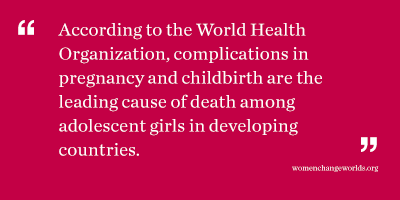 services to women and girls who need them. What our clinic staff has seen firsthand is that blocking access to abortion and comprehensive reproductive health care doesn’t stop them from being needed, or even stop them from happening — it just keeps them from being safe. Due in large part to extensive abortion bans throughout the region, 95% of abortions in Latin America are performed in unsafe conditions that threaten the health and lives of women.
services to women and girls who need them. What our clinic staff has seen firsthand is that blocking access to abortion and comprehensive reproductive health care doesn’t stop them from being needed, or even stop them from happening — it just keeps them from being safe. Due in large part to extensive abortion bans throughout the region, 95% of abortions in Latin America are performed in unsafe conditions that threaten the health and lives of women.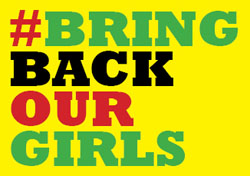
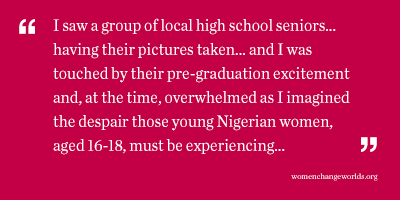
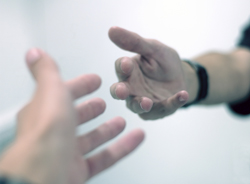
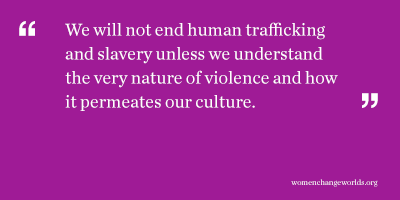 Utilizing such “rape myths” like the need for well-lit streets and women’s ability to walk safely perfectly illustrates Haugen’s limited understanding of sexual violence:
Utilizing such “rape myths” like the need for well-lit streets and women’s ability to walk safely perfectly illustrates Haugen’s limited understanding of sexual violence: 
